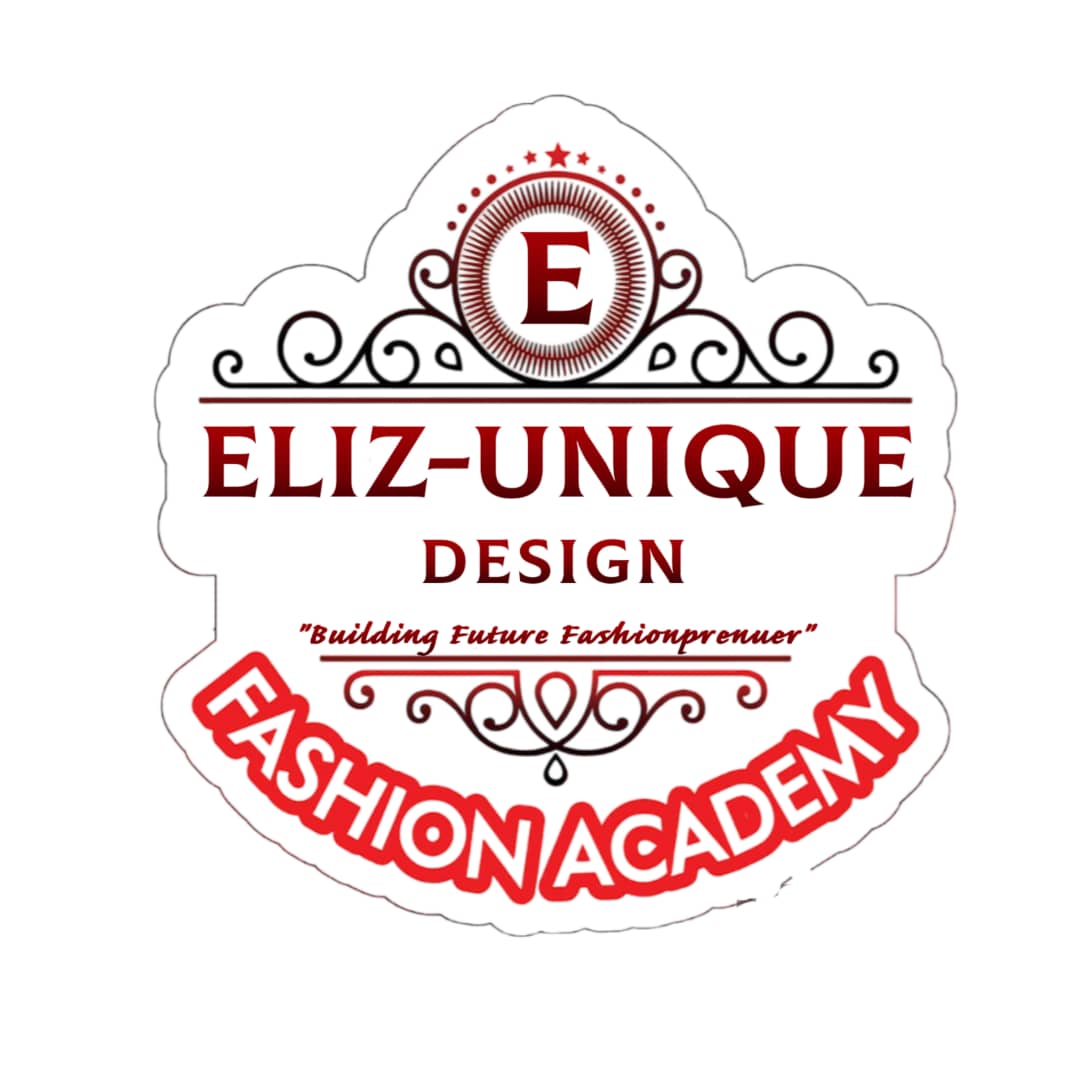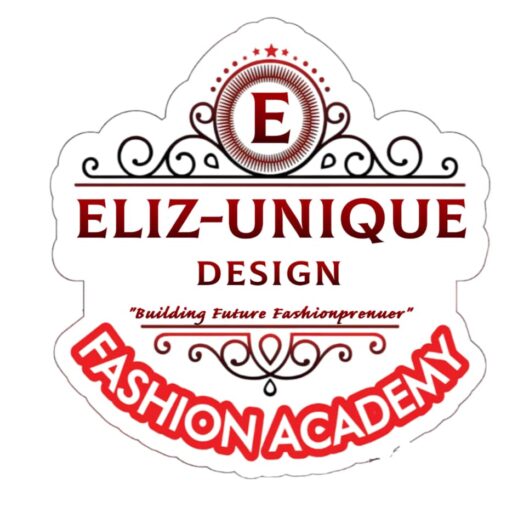Our Courses
The first thing to learn in any design school is measurement. Clothing manufacturers will lay out bust, waist, and hips measurements in inches or centimetres that correspond to sizes. Each brand or designer uses a different scale, so it’s best to check the measurements on which that brand bases its sizing.
Clothing size refers to the label sizes used for garments sold off-the-shelf. There are a large number of standard sizing systems around the world for various garments, such as dresses, tops, skirts, and trousers. Made-to-order garments require measurements to be taken, but these do not need to be converted into national standard form.
Every designer needs to master the use of the sewing machine for garment assembly. Machines come in various sizes, models and use. The proper use and maintenance of both the manual and industrial sewing machines will be taught in the basic program.
A garment is constructed by cutting the fabric into parts according to a pattern which emulates the human form; then the different parts are joined together by sewing. When you look at your average garment, there are many steps that it went through before you saw it in a store. What is the design process? What style do you cut? What pieces consists of a single garment? how do you assemble them together? These, and many more are the question that are raised in the garment construction class. Some of the projects taught are; Female: Wedge skirt, straight gown, A-line gown, pleated skirt/gown, flared skirt/gown, Blouse, Male shirt & Trouser.
In constructing garments, various techniques are engaged. Sewing is the craft of fastening or attaching objects using stitches made with a needle and thread. Sewing is one of the oldest of the textile arts, arising in the Paleolithic era. Stitching techniques ranges from straight, running, basting, back stitching to hemming or neatening stitches etc.
Intermediate program
This program contains ALL the courses in the basic program and extra’s such as:
The fashion design course teaches the students topics on the
Introduction to fashion and Design; Fashion Industry and its careers, History of Arts and Costumes, colour theory, fashion business, fabric for fashion, etc and Practical courses such as fashion illustration, technical drawing, Fashion sketching and presentations. The exercises and assignments are designed for the production of 12 garments, a full ready to wear range for women comprising of a skirt, shirt, trousers, dress, stretch dress, jeans wear, African native attire etc , as well as trousers, shirt and t-shirt for men. All garments are conceptualized with original design ideas, essential to creating a unique signature style. The course contains assignments at the end of each topic. Students are also taught the use of the manual and industrial sewing machines.
In the visual arts, colour theory is a body of practical guidance to colour mixing and the visual effects of a specific colour combination. There are also definitions (or categories) of colours based on the color wheel: primary colour, secondary colour and tertiary colour. The practical design use of the colour wheel, colour psychology and colour schemes are taught.
Fashion Illustration is the art of communicating fashion ideas in a visual form that originates with illustration, drawing and painting and also known as Fashion sketching. In illustrations, the designer should sketch the clothes boldly. Since the purpose of a fashion drawing is to showcase your design ideas, use a bolder hand when you’re drawing the clothing. Sketch the clothes so that they appear to hang on the mannequin in a realistic way.
The textile theory course introduces the learners to all fabric charts according to different garment styles. Fifty fabric swatches of all basic materials are attached. All raw materials, natural and synthetic fabrics are covered. Instructions in proper labeling of garments are also included in the syllabus. The course finishes with a silk and nylon assignments.
The garment construction course teaches all sewing techniques for all kinds of garments and textiles. In depth step by step guide is provided for completing each garment. The course includes fifty samples of all basic sewing techniques, which are invaluable reference for the proper finishing of any outfit.




